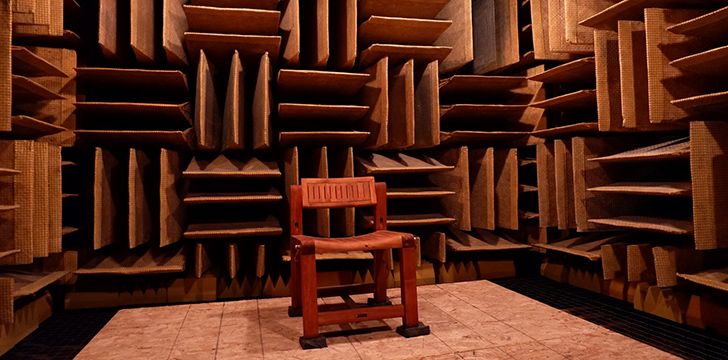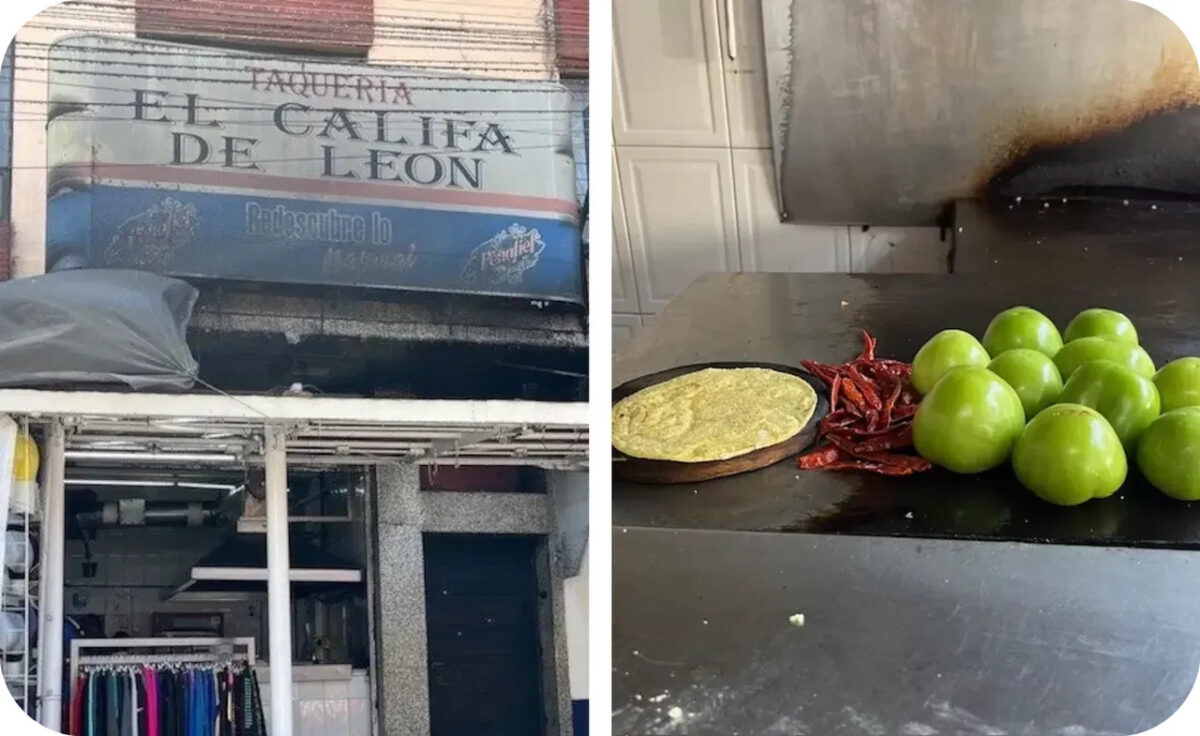The Michelin Guide, known for awarding stars to top restaurants, has recognized a 100-square-foot taco stand in Mexico with its first-ever star. This stand, Taquería El Califa de León, is located in Mexico City’s San Rafael neighborhood and offers only four menu items with no seating available.
Taquería El Califa de León is the first taco stand in Mexico to receive a Michelin star, highlighted in Michelin’s first guide to Mexico published last week. Chef Arturo Rivera Martínez has been operating from the same stand on Avenida Ribera de San Cosme since 1968, cooking tacos on a 680-degree grill.
The preparation is simple: for the signature taco, Rivera Martínez grills a thin slice of beef with salt and lime juice, cooks a fresh tortilla, and serves them together on a plastic plate. Customers then add their choice of red or green sauce. The tacos, which include beef steak, beef rib, and pork chops, cost between 53 and 82 pesos ($3 to $5).
“The secret is the simplicity of our taco,” Rivera Martínez told the AP. “It has only a tortilla, red or green sauce and that’s it. That, and the quality of the meat.”
Michelin’s inspectors praised the stand’s food, noting, “there is a reason why El Califa de León has endured for more than half a century.”
José Luis Rodríguez Ávila, the stand’s manager, says the best way to eat their tacos is “standing up, elbow to elbow with other people and with a can of soda in hand.”
In its new guide, Michelin awarded two restaurants in Mexico two stars, 16 restaurants one star, and six “green” stars for sustainability. It also named 42 “Bib Gourmands” for affordable dining.
Michelin, originally a tire company founded in 1889, started its guide in 1900 to encourage driving. It began awarding stars in 1926 and continues to send anonymous inspectors to review restaurants. Earning a Michelin star is a significant achievement, comparable to winning an Olympic gold medal, according to chef Maxime Meilleur of La Bouitte in France.





